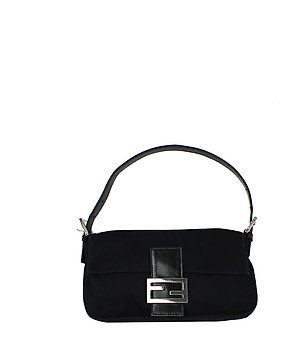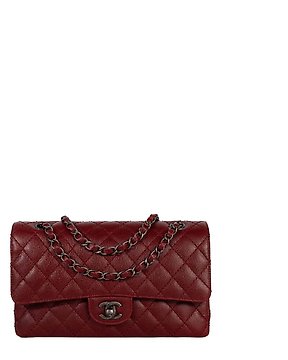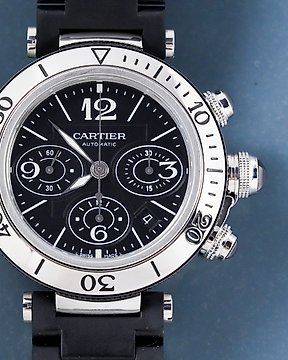Parfait. Merci
Fordítás megtekintéseShunga album with 12 paintings - 'Nenjū gyōji tora no maki' 年中行事 虎の巻 (Yearly Celebrations, vol - Unknown - Japán
Nr. 84827937

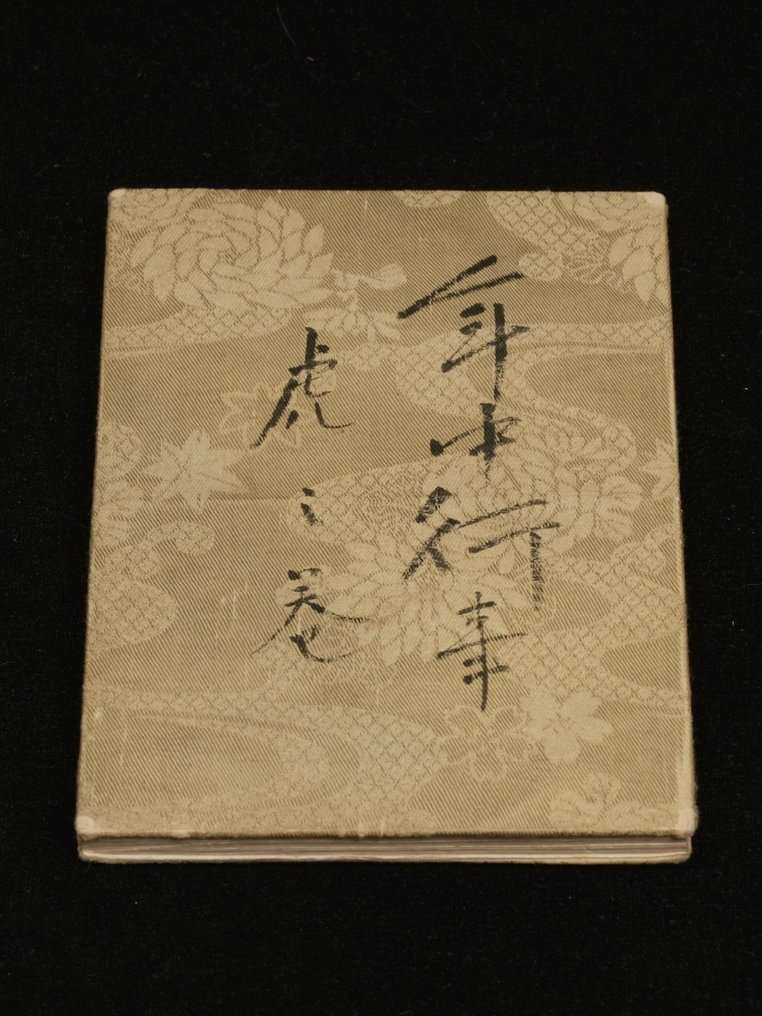
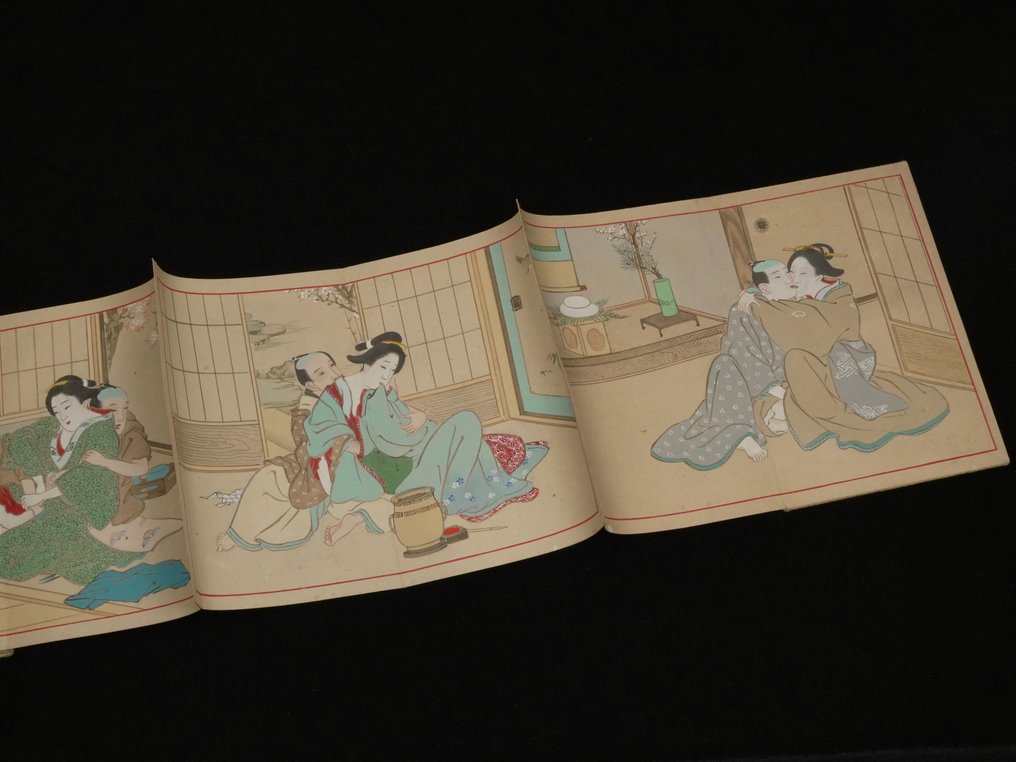


The book is a traditional Japanese Shunga picture book with a fabric cover featuring intricate patterns and Japanese calligraphy. Inside, it contains delicate and detailed illustrations depicting intimate scenes with figures in traditional Japanese clothing, set in historical Japanese interiors with elements like tatami mats and sliding doors. The illustrations are done in a classical Japanese style with soft, muted colors. The book is in an accordion format, allowing it to be spread out to view multiple scenes at once.
Shunga (春画) is a type of Japanese erotic art typically executed as a kind of ukiyo-e, often in woodblock print format. While rare, there are also extant erotic painted hand scrolls which predate ukiyo-e.
Shunga was appreciated not only for its erotic content but also for its artistic qualities and insights into human relationships. It was created by some of the most famous ukiyo-e artists, including Katsushika Hokusai and Kitagawa Utamaro. Despite its explicit nature, Shunga was considered a respectable art form in its time, reflecting the cultural attitudes towards sexuality in Edo-period Japan.
The book is a traditional Japanese Shunga picture book with a fabric cover featuring intricate patterns and Japanese calligraphy. Inside, it contains delicate and detailed illustrations depicting intimate scenes with figures in traditional Japanese clothing, set in historical Japanese interiors with elements like tatami mats and sliding doors. The illustrations are done in a classical Japanese style with soft, muted colors. The book is in an accordion format, allowing it to be spread out to view multiple scenes at once.
Shunga (春画) is a type of Japanese erotic art typically executed as a kind of ukiyo-e, often in woodblock print format. While rare, there are also extant erotic painted hand scrolls which predate ukiyo-e.
Shunga was appreciated not only for its erotic content but also for its artistic qualities and insights into human relationships. It was created by some of the most famous ukiyo-e artists, including Katsushika Hokusai and Kitagawa Utamaro. Despite its explicit nature, Shunga was considered a respectable art form in its time, reflecting the cultural attitudes towards sexuality in Edo-period Japan.
- 214
- 6
- 4
Merci pour le produit, beau masque en bois. Je suis très content de mon acquisition Tout est bien arrivé 🙏
Fordítás megtekintésethank you
Fordítás megtekintéseAll perfect . Good seller .
Fordítás megtekintéseTrès bien reçu
Fordítás megtekintéseThank you! I love this beautiful work. Have a nice time.
Fordítás megtekintéseExcellent transaction....Nice item ...thanks!
Fordítás megtekintésebeautiful scroll, the item matches the picture. Very satisfied
Fordítás megtekintéseMooie Natsume, Dankjewel
Fordítás megtekintésePerfect! Many thanks from Germany.
Fordítás megtekintéseMany thanks from Germany.
Fordítás megtekintéseBellissimo oggetto in ottime condizioni. Bello anche l'imballaggio, curatissimo. Davvero un ottimo venditore. Grazie
Fordítás megtekintéseMerci j’ai bien reçu l’envoi mais pendant le transport le carton a été un peu plié. Dommage mais rien de trop dommageable pour l’estampe.
Fordítás megtekintéseuna caja muy bonita, en buen estado, ha llegado perfectamente
Fordítás megtekintéseありがとうございます。本とにきれいです!
Fordítás megtekintéseBeautiful colours !
Fordítás megtekintésecareful and fast shipping. Perfect! どうもありがとう
Fordítás megtekintéseTrès bien emballé merci
Fordítás megtekintéseThank you!
Fordítás megtekintéseAnything perfect!
Fordítás megtekintéseMerci beaucoup pour ces coupes à saké, j’en prendrais bien soin
Fordítás megtekintésePerfect seller!
Fordítás megtekintéseAs always with this Seller, my purchased items- ukiyoe (re)prints - arrived safely, in an excellent condition. Great service! Thank you Arigato
Fordítás megtekintéseExcellent packaging!
Fordítás megtekintéseBeautifull object. In perfect condition and thoroughly packed. It is a pleasure to deal with this shop
Fordítás megtekintése
